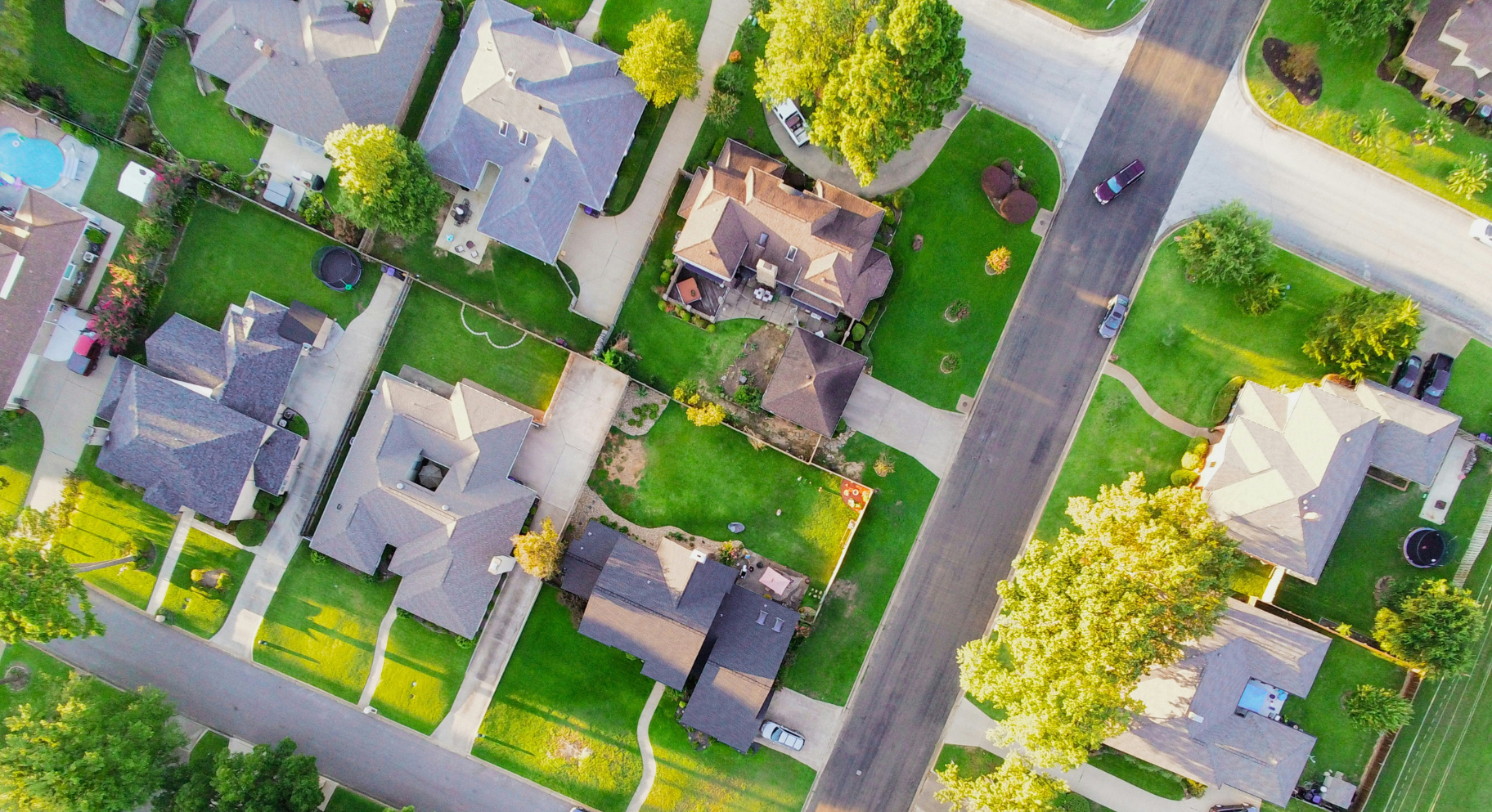Neighborhoods across the United States are integrating license plate readers (LPRs) into their safety networks. These high-tech devices, typically mounted on street poles, patrol cars or highway overpasses, automatically scan and record the license plates of passing vehicles. The Department of Justice’s Bureau of Justice Statistics1 shows that an overwhelming 93% of police departments in cities with populations exceeding 1 million have implemented LPR systems, scanning up to 2,000 license plates per minute.
As municipalities and homeowner’s associations look for ways to enhance public safety, the adoption of LPRs has surged due to their powerful capabilities. But do these devices truly reduce crime in residential areas? Here, we’ll explore the potential benefits and challenges that come with implementing these cameras in residential neighborhoods.
How License Plate Readers Work
License plate readers utilize advanced camera technology combined with optical character recognition software to capture and decode license plate numbers from moving or stationary vehicles. The infrared imaging technology on LPR cameras allows them to capture license plates in low-light and bright conditions, both of which affect visibility. These devices collect data that includes the license plate number, the date and time of the capture and the GPS coordinates of the vehicle’s location. This information can be cross-referenced with law enforcement databases to identify vehicles associated with the following criminal activity:
- Stolen cars
- Outstanding warrants
- Burglaries
- Property damage
- Gang and drug activity
- Domestic violence
- Human trafficking
- Murder
Benefits of LPRs in Residential Areas
Unlocking a myriad of advantages, license plate readers in residential zones offer a spectrum of potential benefits, ranging from enhanced security to streamlined law enforcement efforts.
- Enhanced Community Trust: By actively investing in advanced security measures like license plate recognition, neighborhood associations can foster greater trust and cooperation between residents and local law enforcement, creating a more united and proactive community.
- Proactive Crime Prevention: The technology enables neighborhoods to be proactive rather than reactive. By monitoring and identifying suspicious vehicles before a crime occurs, potential criminal activities can be thwarted, increasing overall safety.
- Real-Time Alerts: LPRs provide real-time alerts to police about stolen vehicles or vehicles associated with criminal activities, enabling swift action and reducing response times significantly.
- Data-Driven Policing: The data collected by license plate readers helps local authorities engage in data-driven policing, allowing them to allocate resources more efficiently and focus on high-risk areas, thus improving overall public safety.
- Safe Routes for School Children: Monitoring the vehicles around schools and residential bus stops can provide an additional layer of security for parents and children in or near residential areas.
- Visitor and Contractor Monitoring: Neighborhoods can use LPRs to monitor and manage the entry of visitors and contractors, ensuring that only authorized vehicles are allowed access, thereby maintaining a secure environment.
Law Enforcement Perspectives on License Plate Reader Effectiveness
Local law enforcement agencies say that LPRs are one of the most effective crime prevention tools available.3 Here are a few instances that demonstrate how LPRs have successfully contributed to crime reduction.
- Texas police successfully used a license plate reader to identify a man charged with murdering Alief ISD teacher Wendy Duan.4 Police identified the criminal’s vehicle by entering a description into the license plate recognition system, which then automatically matched it to the license plate.
- ABC Los Angeles5 reported the successful arrest of an alleged serial killer in Beverly Hills, where law enforcement had 50 LPRs installed along the streets. The suspect killed three homeless men while they were sleeping, and police tracked his getaway car using the license plate recognition system.
- A man responsible for a mass shooting, leaving one dead and four wounded, was caught in his getaway car by Atlanta police. After an 8-hour manhunt, police used LPR technology to locate the suspect.6
SentriForce License Plate Recognition Technology
License plate readers can offer significant benefits, including enhanced crime prevention, real-time alerts, and improved community safety. They enable proactive policing by providing critical data that helps track and apprehend criminals, leading to safer neighborhoods. SentriForce is a leading provider of license plate recognition technology for apartments, multi-family units, neighborhoods and other residential locations. We design our video security solutions to keep you and your residents safe and mitigate risk in your neighborhood. Contact us today to learn more.
- Local Police Departments, 2013: Equipment and Technology | U.S. Department of Justice
- Massachusetts police lack policies for license plate scanners | MuckRock Foundation
- 12 Things You Need to Know About LPR | Police Law Enforcement Solutions
- Flock camera helps identify suspect charged in Sugar Land shooting death of Alief ISD teacher | KHOU 11
- Beverly Hills license plate reader used in capture of murder suspect draws mixed reviews | ABC7 Eyewitness News
- Raleigh police chief, Nash County sheriff advocate for license-plate readers after they helped catch suspected Atlanta missed shooter | WRAL News



